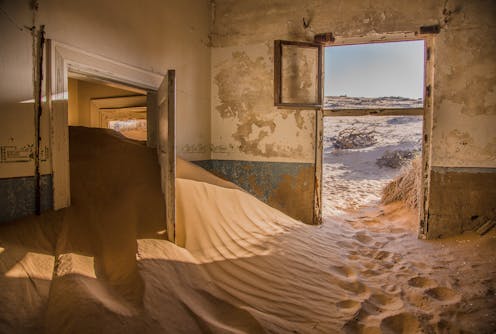Why arts and culture appear to be the big losers in this budget
- Written by Guy Morrow, Senior Lecturer in Arts & Cultural Management, The University of Melbourne

While one more A$20 million round[1] of the Restart Investment to Sustain and Expand (RISE) Fund was announced as part of the 2022-23 budget to support reactivating the arts and entertainment sector post-Covid-19 lockdowns, this scheme is coming to an end.
With funding cuts forecast out to as far as 2025-26, the arts and culture appear to be big losers in this budget.
In addition to the $20.0 million in 2022-23 to phase down the RISE Fund, the budget includes[2]:
$9.3 million over two years for the National Museum of Australia to support its services impacted by COVID 19
$9 million in 2021-22 for a second round of the Supporting Cinemas’ Retention Endurance and Enhancement of Neighbourhoods (SCREEN) Fund to support independent cinemas affected by COVID 19
an extension of the Temporary Interruption Fund[3], which provides insurance to screen projects shut down due to COVID-related issues, for a further six months to 30 June 2022, and
$316.5 million over five years to build an Aboriginal and Torres Strait Islander cultural precinct, Ngurra[4], on the shores of Lake Burley Griffin in the Parliamentary Triangle, on Ngunnawal country (Canberra).
With the loss of COVID stimulus measures, the big losers under arts and culture in the budget are:
the end of the RISE fund, represented in the cut to “arts and cultural development”, receiving $2.4 million in 2023-24, down from $159 million in 2021-22
the loss of $6.4 million in contemporary music related COVID measures, and
Screen Australia: its funding will be reduced from a high of $39.5 million in 2021-22 to $11.6 million in 2023-24, reducing funding to the pre-COVID baseline[5].
The decline in arts funding fits Treasurer Josh Frydenberg’s big picture narrative that the time for “crisis level[6]” spending is now over, and the budget forecasts such as those for arts and culture only “appear” to be bleak due to the tapering down from the crisis level funding.
Read more https://theconversation.com/why-arts-and-culture-appear-to-be-the-big-losers-in-this-budget-180127

















